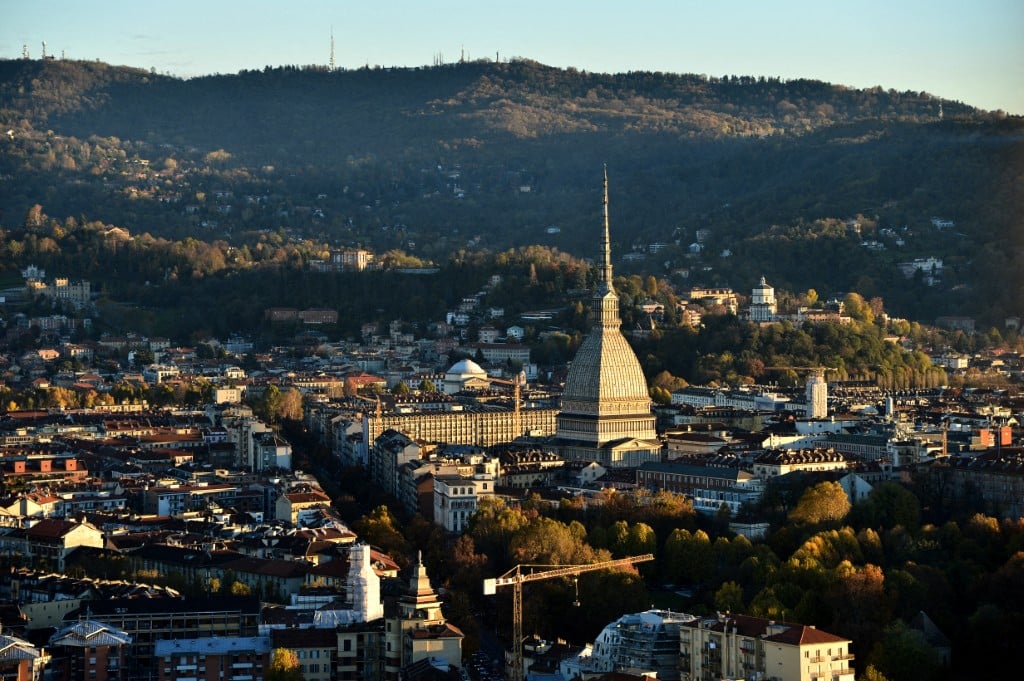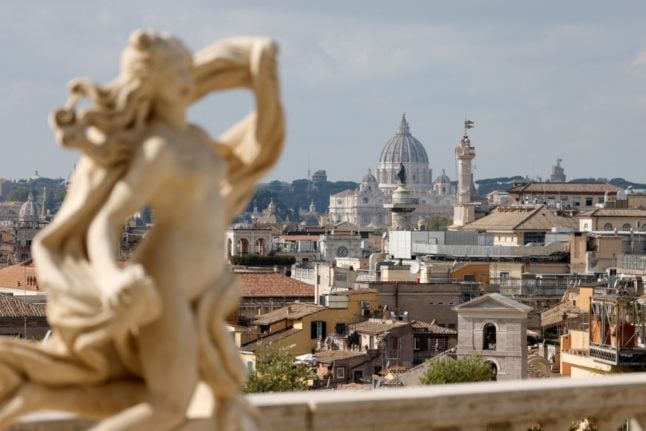Rome is often one of the first cities to crop up when thinking of European capitals, and it’s easy to see why: its multiple treasures, including the Colosseum, the Spanish Steps and Piazza Navona, make it one of the most instantly recognisable cities in Europe, if not in the world.
But Rome hasn’t always been Italy’s capital.
In fact, there have been two Italian capitals other than the Eternal City since Italy’s Unification in 1861: Turin and Florence.
Currently the capital of Italy’s northwestern Piedmont region, Turin’s tenure as the country’s capital was fairly short-lived.
The northern city first became capital of the Kingdom of Savoy in 1559, it then became the capital of the Kingdom of Sardinia in 1713 and eventually it became capital of the Kingdom of Italy on March 17th 1861, the day that marked the country’s unification.

By 1865 however, Turin had already lost its capital status to Florence.
The transition wasn’t exactly smooth though as the local population took to the streets to rebel against the decision on September 21st 1864. What followed is now known as the Turin massacre, in which around 60 civilians were killed.
Florence’s capital status was not long-lived either as in February 1871 – just six years after the transfer to the Tuscan city – Rome formally became the new capital of the Kingdom of Italy.
That’s not all however: a small town in southwestern Sicily claims to have been the first Italian capital as it was supposedly proclaimed so by Giuseppe Garibaldi – an Italian general that was among the leading contributors to Italy’s unification and the creation of the Kingdom of Italy – on May 14th 1860. The Sicilian town claims to have held the title for a day.
That said, according to history books, there have only been three capital cities in Italy: Turin, Florence and Rome.




 Please whitelist us to continue reading.
Please whitelist us to continue reading.
Member comments